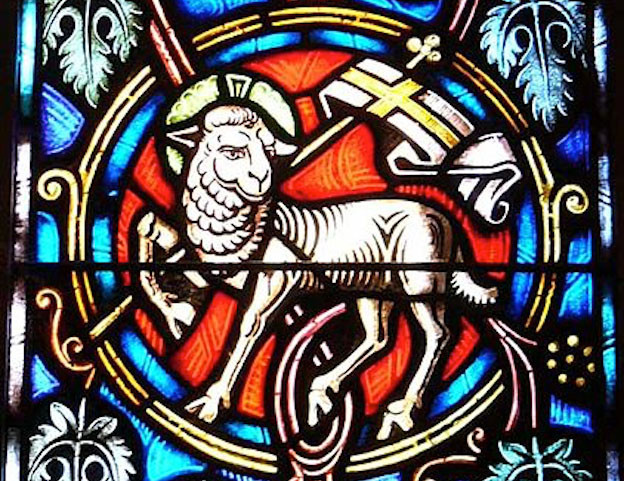Ardour, or …
Nicole Brossard’s burning word

Ardour
Ardour
Ardour: the flame of desire; a spiritual, sexual, or physical burning; a passion that the OED tells us now connotes only “generous or noble impulses” though once it could speak of evil. It’s a word I rarely use or hear spoken in conversation. When I think of reading it, I recall English novels. In these stories a girlish face turns upward to receive a kiss; it is the kiss that is imposed with ardour, the girl’s lover who is ardent. When I read for “ardour” online, the books at the top of the list my search returns are religious, moral, martial. A budding philosopher applies himself with ardour to his studies; godly ardour brings a congregation to prayerful reflection; a defeat in battle cools a would-be soldier’s military ardour; but only the end of the summer cools the ardour of teen lovers. These are the tales of earnest young men (and, of course, of Nabokov).
With her latest book of poems, Nicole Brossard enters into the history of this word. The emphasis Brossard has long placed on one’s material life in language makes ardour, which burns in the mind and in the body, seem natural, even perhaps essential in her lexicon. The book is full of phrases that expose the joint between object and idea: following Brossard, we find ourselves here in the “foliage of words,”[1] there in a “pit of words” (15), nowhere just in words. Indeed, the middle section of the book, a series of twenty-nine numbered “napes,” provides a suggestive term for the poetics Brossard has developed over the last fifty years. Her language holds life by the scruff — at that point, both vulnerable and resilient, where the head clasps the trunk. So Brossard’s ardour has a “scarlet mouth bursting with names” (13), a mouth that colors not just from the flush of a kiss but from the “pastel soul tint” of lovers who “try to side with the sobbing / immerse our ardour / in questions and cherries” (12).
The book — beautifully translated by Angela Carr, another poet out of Montréal — offers the “fleeting silk of dawn and joy” (31) felt by a speaker who tells us they “like any night that moves the knees” (94). But it asks at the outset a jarring question: “who said that to burn / relieves matter or emptiness” (7)? It’s a question that keeps up Brossard’s typical complication of an existence divided too easily between the concrete and the abstract. It’s also key to another complication, of the good and the bad in ardour’s history of usage.
If ardour is that thing — whether in the romance or the saint’s life — that heats us up to jump from one phase of being to another, Brossard’s ardour intensifies but also idles. It “draws its knots of presence” (86) so tight that nothing happens. “[L]et’s watch,” the speaker says, but only “our dream muscles move” (87). Why?
it’s not wise
to say devour or burn
directly from our pink existence
it’s not wise
to join a civilization
of butchers and inquisitors (32)
Ardour’s backdrop is a world of “crumbling landscapes” (30), “missing / women” (33), “all this violence that comes” (40). It’s a world of ecological fragility in which the sentence “in my lifetime the earth” (71) can only trail off into the page blank. Brossard is unwilling to divide the passion, even of a “pink existence,” from a history of slaughter done in the name of those beloved, worshipped, and otherwise sworn to.
Giving us at once the flame and the refusal to burn, Brossard returns ardour to a “voluminous vocabulary [that] disperses us in time” (61). She gives us the word in a moment before its value — generous, malicious — is determined. The trouble with a passion, even a noble one, is that it “devour[s] / characters and carapaces / the whole dream / the capacity for dialogue” (8). Brossard gives it to us with the safety on — “immerse[d] … in questions and cherries.” Uniting the book’s three passages (a long untitled first section and Napes, followed by Shadow: Soft and Soif) is a vision of dialogue between sensing bodies and searching minds. “[T]he verb to be rushes / in the veins” (105), “speech [lies] recumbent in our joints” (36), and there in “Nape 11” lies the crux: “I am as pronounced / language or war or premature” (54). These apparently very different meanings are held together by the slant rhyme, of “war” and “premature” but also of “or,” so that the bond extends to every term of Brossard’s parallel construction. And, of course, it extends on to Ardour. How will we pronounce it? Let’s hope with the inflection of this primer for a burning world.